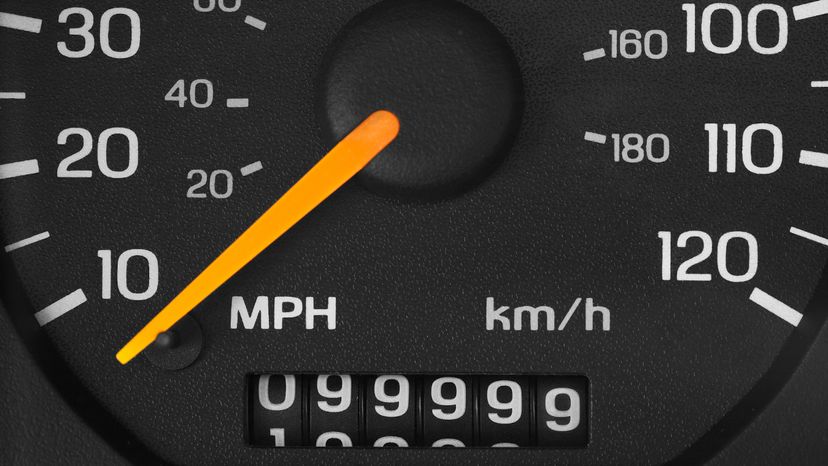
Inside Look: The Simple Mechanics Behind Your Car's Odometer
Mechanical odometers rely on a simple but ingenious gear train system to track vehicle mileage. A typical mechanical odometer uses a 1690:1 gear reduction ratio, meaning the input shaft must rotate 1,690 times to register one mile.
A flexible cable made from a tightly wound spring drives these odometers. In cars, this cable connects to the transmission, while bicycles use a small wheel that rolls against the bike tire. The cable feeds into the instrument panel and connects to the odometer's input shaft.

image
The gearing system uses three worm gears in series. Each worm gear turns its corresponding gear one tooth per revolution. The final gear connects to the tenth-of-a-mile indicator. The number wheels have pegs that engage with white plastic gears, allowing each digit to turn the next higher digit when completing a full revolution.
Modern vehicles use computerized odometers that work differently:
- They use magnetic or optical sensors to count wheel rotations
- The Engine Control Unit (ECU) processes this data
- Information travels through a digital communications network (SAE J1850 protocol)
- Digital displays or stepper motors show the mileage
Key advantages of digital odometers:
- More accurate readings
- Tamper-resistant (stored in ECU memory)
- Additional features and functionality
- Lower production costs
- Integration with other vehicle systems
The ECU sends distance updates several times per second, making tampering nearly impossible since the true mileage remains stored in the computer's memory, accessible through diagnostic equipment.
Related Articles
Complete Guide: Sourcing Cheap Salvage Car Parts for Replacement

